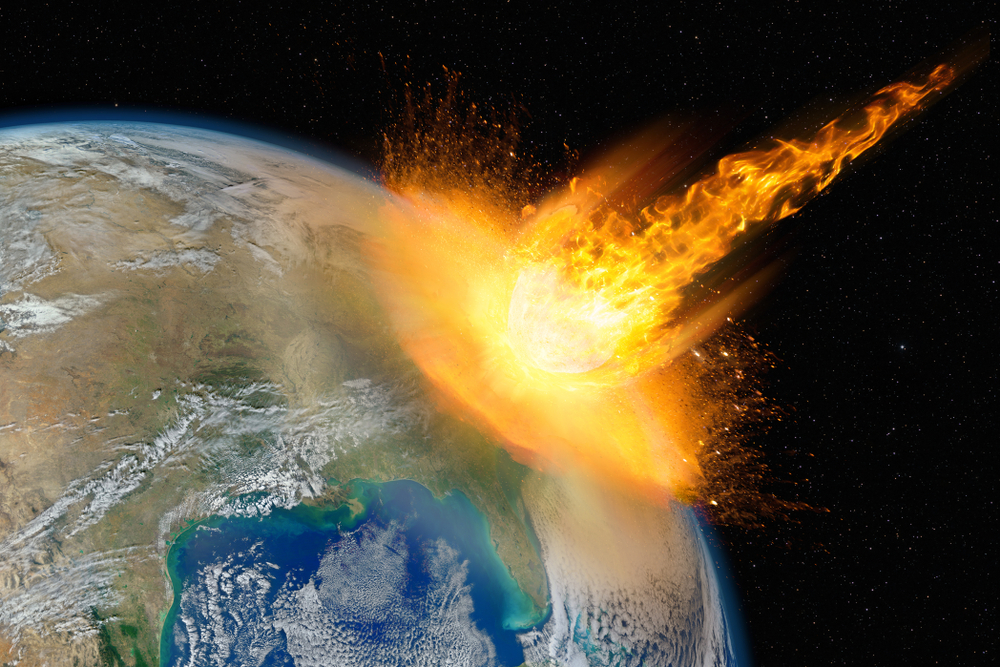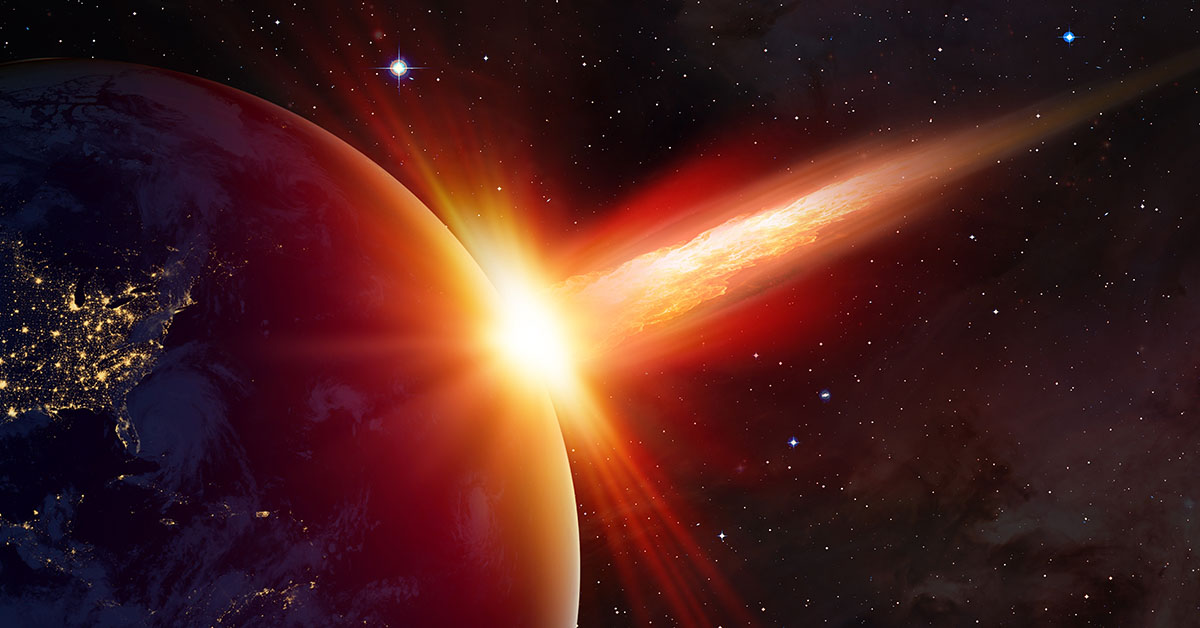The thought of a planet-killer-sized asteroid hitting Earth has captured the minds of both scientists and movie makers alike. While Hollywood has often portrayed this event in an overly dramatic fashion, the reality is that space agencies like NASA take the threat very seriously. The Planetary Defense Coordination Office, led by Lindley Johnson, is tasked with identifying and assessing any potentially hazardous asteroids and comets.1
Identifying Objects Near Earth

NASA’s planetary defense efforts start by identifying and tracking any near-Earth objects (NEOs). These would be any asteroids and comets that come anywhere within 30 million miles of our planet (yes that’s a long way away from us but in the grand scheme of ALL OF SPACE, it really isn’t). The International Asteroid Warning Network (IAWN) is a global group of astronomers that detecting these objects and share if any potentially dangerous NEOs of planet-killer sized astroids come up.2
Read More: Scientists have just discovered Earth’s twin planet – and there might be something living on it
Assessing the Threat

Not every NEO poses a threat to Earth. The IAWN has put together specific criteria to determine the level of danger any objects pose. Asteroids larger than 460 feet (140 meters) across are classified as “potentially hazardous.”3 At this point, NASA has identified over 34,000 NEOs and can predict their movements up to 100 years in advance.
Warning the Public

In the event of an imminent planet-killer (although unlikely due to the whole “100 years thing), NASA has already established a procedure on how to warn the public. If an asteroid were to strike the United States, NASA would coordinate with the White House to give the information through various means like emergency broadcasts and mobile phone alerts. For international threats, the United Nations Office of Outer Space Affairs would pass the information to other countries.
Planetary Defense Strategies

NASA also has strategies in place to defend against asteroids, one of which is issuing a spacecraft to change the course of an incoming object. The Double Asteroid Redirection Test (DART) demonstrated how this approach would successfully impact an asteroid and change its course. However, doing so required at least five to ten years’ notice to be effective, which may not always be the case.
Read More: 30 Unique Succulents That Look Like They’re From Another Planet
The Nuclear Option

In extreme cases where time is limited, nuclear explosives may be considered as a last resort to deflect or destroy a planet-killer asteroid. This approach involves detonating one of America’s many nuclear devices near the asteroid to alter its trajectory way from Earth.4 While this is an effective strategy, this method presents many logistical and ethical challenges (it is still an explosion and cannot necessarily be contained in space) and is very much considered a last resort.
Conclusion

While the likelihood of a planet-killer asteroid impact is low (it isn’t zero), the consequences would be devastating. NASA’s efforts in asteroid detection, warning, and removal show a commitment to ongoing planetary defense. Humanity can rest easy knowing it has a fighting chance regardless of what literally gets thrown at them. NASA’s Planetary Defense Coordination Office, in collaboration with international partners, stands ready to confront the threat of asteroid impacts and protect life on Earth from catastrophic events.
Read More: Spirulina: One of the Most Nutrient-Dense Foods on the Planet
Sources
- “I head up NASA’s asteroid warning division. This is how we’d alert the public if the world was about to end.” Daily Mail. Peter Hess. February 2024.
- “Incoming Catastrophic Asteroid? NASA’s ‘Planetary Defense’ System Will Scan Skies and Warn Us.” MSN. Richard Burkard. March 2023.
- “NASA explains how it would alert the public of an apocalyptic asteroid strike.” Business Insider. Ellyn Lapointe. February 17, 2024.
- “Could scientists stop a ‘planet killer’ asteroid from hitting Earth?” Live Science. Brandon Specktor. November 11, 2023

